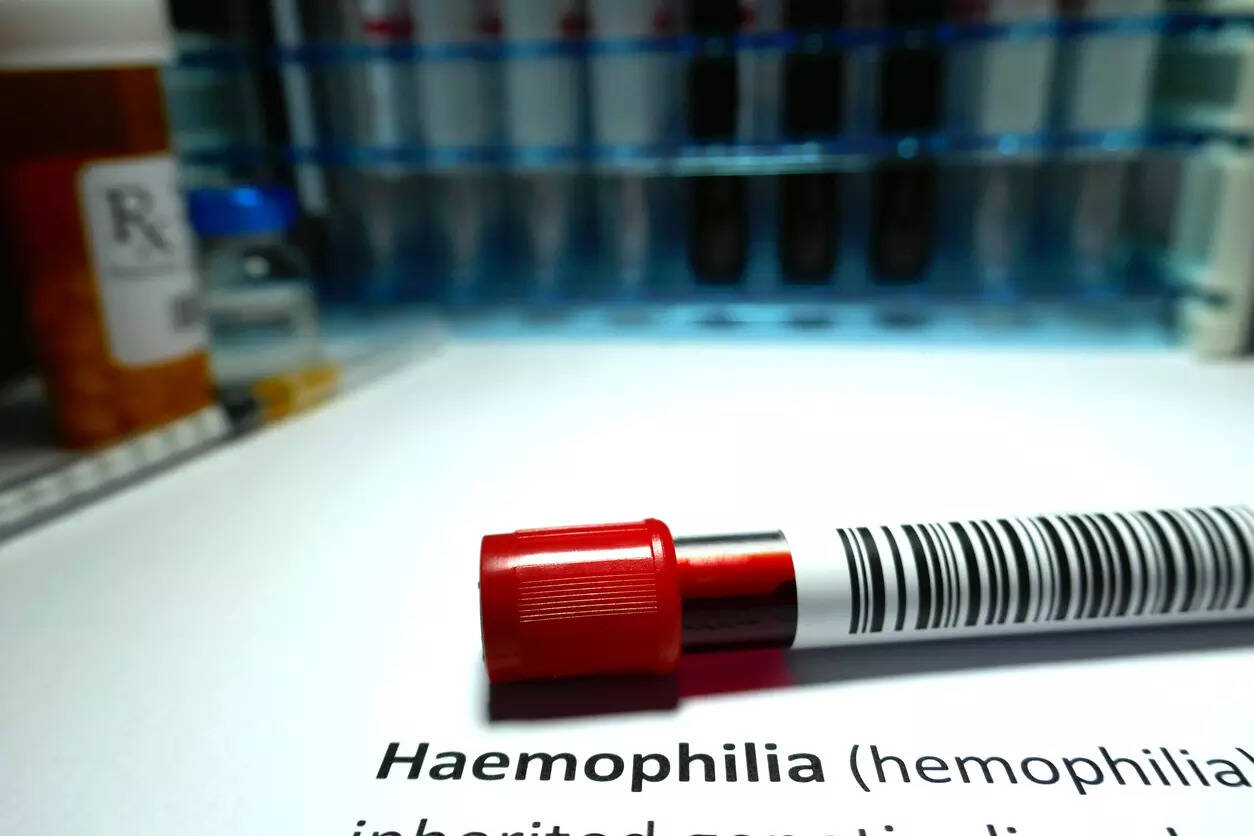
A gene therapy for Friedreich ataxia cardiomyopathy being developed by Lexeo Therapeutics, LX2006, has achieved good interim results in both a Phase I and Phase I/II trial.
The two trials, the SUNRISE-FA Phase I/II clinical trial and the Weill Cornell Medicine investigator-initiated Phase IA trial, have treated 16 people so far with LX2006 and have seen clinically significant improvements in cardiac biomarkers and functional measures, as well as an increase in levels of the protein frataxin.
Lexeo Therapeutics is based in New York and has a focus on developing gene therapies for APOE4-associated Alzheimer’s disease and two forms of cardiomyopathy. The two types are caused by Friedreich’s ataxia, an inherited autosomal condition affecting approximately 5,000 people in the United States, and the company is also developing a therapy for Plakophilin 2-Arrhythmogenic Cardiomyopathy (PKP2-ACM), which is more common and thought to affect 60,000 people in the United States.
Friedreich’s ataxia is a neurodegenerative disorder caused by mutations in the FXN gene that make it at least partially inactive. This gene encodes the mitochondrial protein frataxin, which plays an important role in cellular iron metabolism and energy production. Symptoms of the condition include neurological, musculoskeletal, and cardiac problems and many people with Friedreich’s ataxia die from cardiomyopathy caused by the condition.
LX2006 is the most advanced of Lexeo’s cardiac programs. The company uses adeno-associated viral (AAV) vectors that are highly specific to the heart, which allows it to use low doses to minimize side effect risk.
“The hallmark of this disease is thickening of the heart wall, which ultimately results in cardiac dysfunction and leads to heart failure,” explained Townsend, in an earlier interview with Inside Precision Medicine. “Our therapy has reduced that thickening of the heart wall to a pretty significant degree. Just the reintroduction of that corrected gene, expressing the functional protein, has allowed for the cardiac disease to recede.”
The announcement reported results from 12 patients treated in the two trials who have six months follow-up or more. Left ventricular mass index, a measure of severity of cardiomyopathy, had improved by an average of 25% at a 12-month follow-up or earlier. Lateral wall thickness and high-sensitivity troponin, two additional cardiac biomarkers, had also improved and frataxin level also went up significantly.
So far, safety has been good with LX2006, with only one grade 2 event of asymptomatic myocarditis observed one year after dosing reported and no grade 3 adverse events.
“We believe these data show LX2006 exceeding the thresholds aligned with the U.S. Food and Drug Administration to support accelerated approval in the planned registrational study,” said Sandi See Tai, chief development officer at Lexeo, in a press statement about the results.
“We are eager to advance this promising candidate as quickly as possible to support adults and children living with the devastating and fatal impacts of FA cardiomyopathy, and we expect to initiate a registrational study by early 2026.”
Lexeo also has other promising candidates in clinical trials. The company’s lead Alzheimer’s candidate, LX1001, which aims to treat the condition in people with Alzheimer’s associated with the APOE4 genetic variant, reported good Phase I/II results last year. It has also started a Phase I trial in PKP2-ACM but has yet to read out results.









![Best Weight Loss Supplements [2022-23] New Reports!](https://technologytangle.com/wp-content/uploads/2022/12/p1-1170962-1670840878.png)




